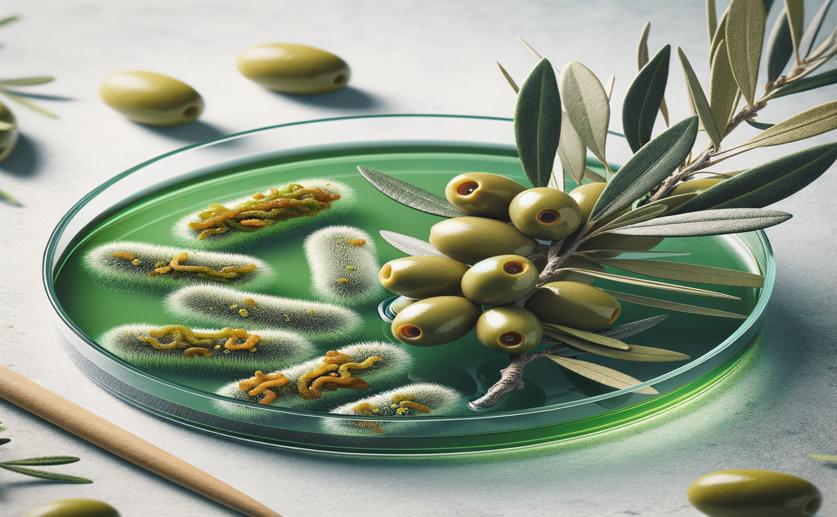
Olive Compound Fights Drug-Resistant Yeast and E. coli Biofilms
Jenn Hoskins
5th May, 2024

Image Source: Natural Science News, 2024
Key Findings
- Study at the University of Tehran found oleuropein inhibits fungal and bacterial biofilms
- Oleuropein alters gene expression related to biofilm formation, reducing their development
- These findings suggest oleuropein could enhance treatments for biofilm-related infections
References
Main Study
1) Antimicrobial and anti-biofilm properties of oleuropein against Escherichia coli and fluconazole-resistant isolates of Candida albicans and Candida glabrata
Published 4th May, 2024
https://doi.org/10.1186/s12866-024-03305-5
Related Studies
2) Intravascular catheter-associated infections.
Journal: European journal of clinical microbiology & infectious diseases : official publication of the European Society of Clinical Microbiology, Issue: Vol 19, Issue 1, Jan 2000
3) Biofilm formation by asymptomatic and virulent urinary tract infectious Escherichia coli strains.
Journal: FEMS microbiology letters, Issue: Vol 267, Issue 1, Feb 2007
4) Prevalence and Impact of Biofilms on Bloodstream and Urinary Tract Infections: A Systematic Review and Meta-Analysis.



 31st March, 2024 | Greg Howard
31st March, 2024 | Greg Howard